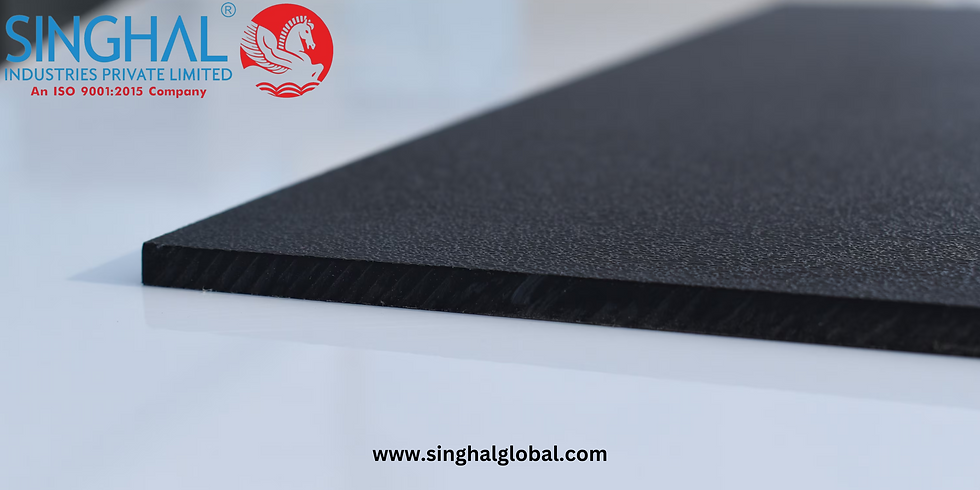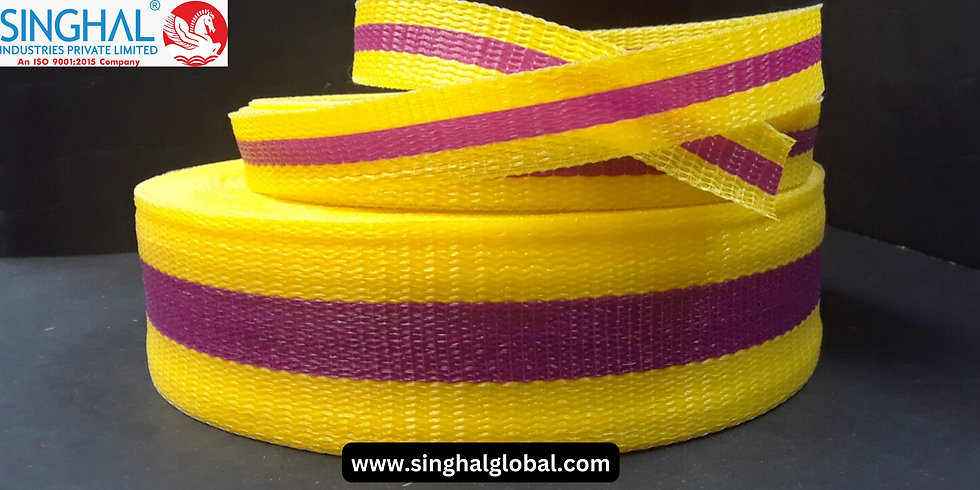Unlock the Power of Drainage Cells: Transform Your Space!
- Akash Pathak
- Jun 7, 2024
- 3 min read

Introduction
In the realm of modern construction and landscaping, drainage cells have emerged as a revolutionary solution to various water management challenges. From rooftop gardens to underground parking lots, these innovative products offer unparalleled versatility and functionality. As Drain cell manufacturers continue to refine their designs and technologies, the market is witnessing a surge in demand for these indispensable components. In this comprehensive guide, we explore the transformative potential of drainage cells and shed light on their myriad applications.
Understanding Drainage Cells: An Overview
At its core, a drainage cell is a modular unit typically made from high-density polyethylene (HDPE) or recycled materials. These cells feature a unique geometric design with perforated walls and a hollow interior, allowing for efficient water distribution and storage. By creating a void space beneath the surface, drainage cells prevent waterlogging and facilitate the rapid removal of excess moisture. This innovative approach to water management has revolutionized the way architects, landscapers, and engineers approach site planning and construction.
Transforming Outdoor Spaces
One of the primary applications of drainage cells lies in transforming outdoor spaces into sustainable and visually appealing environments. Whether you’re designing a rooftop garden, a green wall, or a driveway, incorporating drainage cells can significantly enhance the longevity and functionality of the landscape. By facilitating proper water drainage and distribution, these cells prevent water stagnation, soil erosion, and root rot, thereby fostering healthier plant growth and minimizing maintenance efforts.
The Role of Cell Manufacturers
In recent years, the market for drainage cells has witnessed significant growth, driven by the increasing demand for sustainable and eco-friendly building solutions. Today, a diverse range of manufacturers specialize in the production of drainage cells, offering a wide selection of sizes, shapes, and configurations to suit various project requirements. Whether you're designing a green roof or a sports field, there's a drainage cell solution tailored to your needs.
Factors Influencing Drain Cell Costs
When considering the cost of drainage cells, several factors come into play. The size and thickness of the cells, as well as the quality of materials used, can significantly impact pricing. Additionally, factors such as transportation costs and market demand may influence the final Drainage cell price tag. While drainage cells offer long-term benefits such as improved water management and enhanced durability, it's essential to weigh these advantages against the initial investment.
Applications of Drainage Cells
The versatility of drainage cells makes them suitable for a wide range of applications across various industries. In urban environments, these cells are commonly used in rooftop gardens, where they provide crucial drainage and root protection for vegetation. In landscaping projects, drainage cells are utilized to create sustainable drainage systems, preventing soil erosion and waterlogging. Moreover, in civil engineering projects, such as road construction and tunneling, drainage cells play a vital role in groundwater management and slope stabilization.
Conclusion
As the construction industry continues to embrace sustainable and innovative solutions, drainage cells have emerged as a game-changer in water management and site development. From commercial developments to residential landscapes, the transformative power of drainage cells is reshaping the way we design and build our environments. By harnessing the expertise of Drainage cell manufacturers and incorporating these versatile components into our projects, we can unlock new possibilities and create spaces that are both functional and environmentally conscious.
Frequently Asked Questions
1. What are the benefits of using drainage cells? Drainage cells promote efficient water management, prevent soil erosion, and enhance the longevity of landscaping features.
2. How do drainage cells compare to traditional drainage systems?
Unlike conventional drainage systems, which rely on pipes and gravel, drainage cells offer a modular and customizable solution that maximizes space and minimizes installation time.
3. Can drainage cells be used in underground construction projects?
Yes, drainage cells are suitable for underground applications, providing effective groundwater management and structural support in tunnels, basements, and parking structures.
4. Are drainage cells environmentally friendly? Many drainage cell manufacturers prioritize sustainability by using recycled materials and designing products that promote green building practices.



Comments